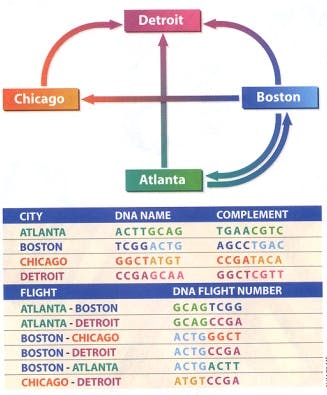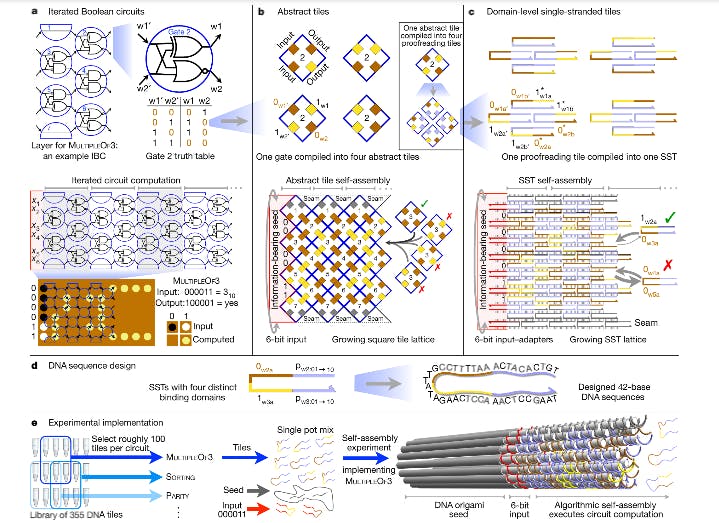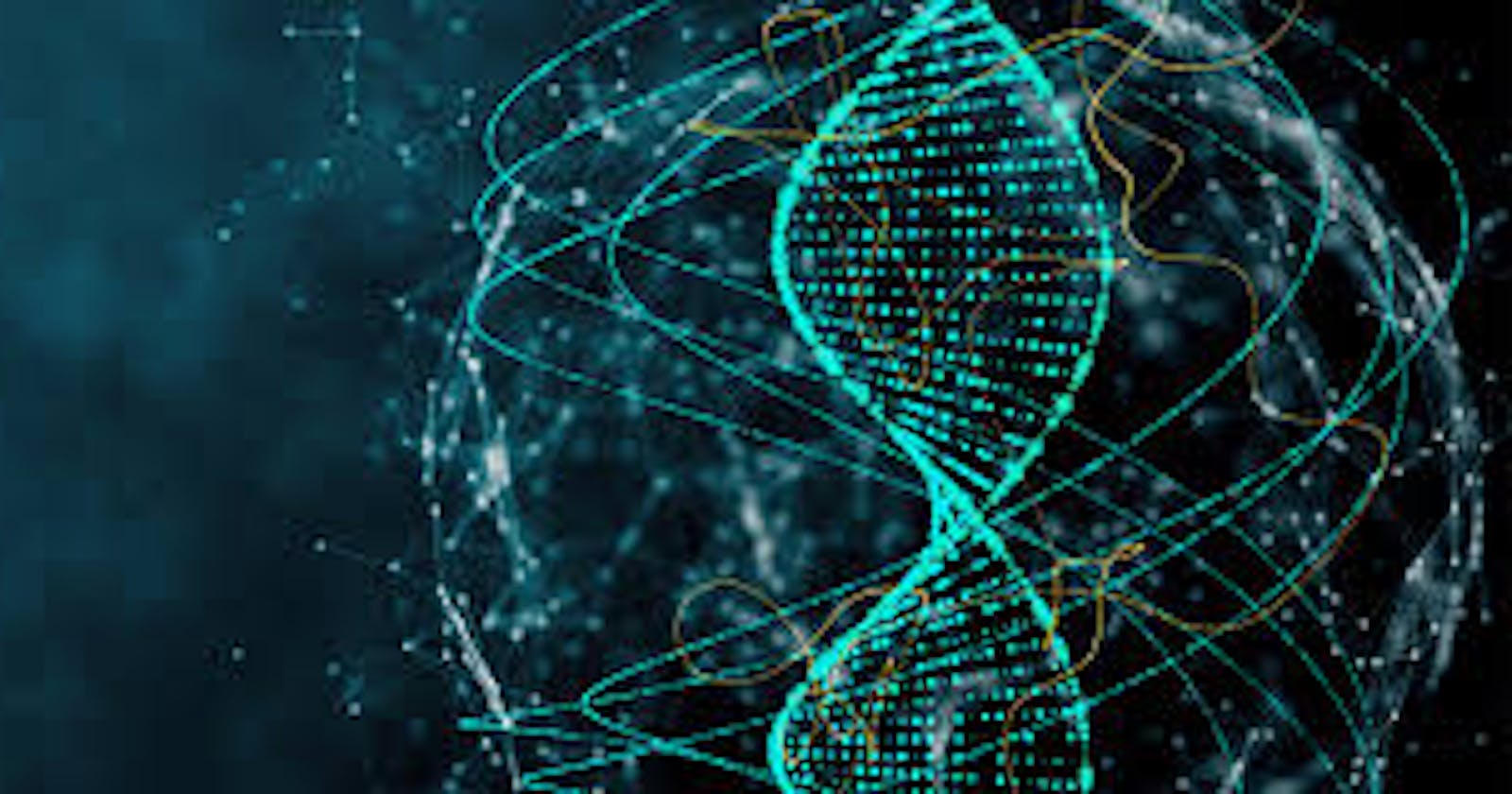Overview
Microprocessors or CPU are the brain of a computer and the if the brain is fast then the computer is also fast. In present the material of microprocessor is silicon and it may reach to it's limit of speed after a massive miniaturization. So we need new component to use for the processors for faster computing speeds.
Now here comes a truly awesome fact that our DNA can be used to build next generation of microprocessors.Millions of natural supercomputers inside of our body.The DNA made with gene has much more faster computing power than a standard CPU chip.DNA might one day be integrated into a computer chip to create a so-called bio-chip that will push computers even faster.DNA molecules have already been harnessed to perform complex mathematical problems. DNA computers will be much more capable of storing data than a hard drive.
This can be great example of taking the design ideas from the mother nature.Also known as biomimetics .
How it works- With A video representation
Man behind it was computer scientist Leonard Adelman, University of Southern California suggested that DNA could be used to solve complex mathematical problems. Adelman found a way to harness the power of DNA to solve the Hamiltonian path problem (the traveling salesman problem), whose solution required finding a path from start to end going through all the points (cities) only once.

The DNA sequences were set to replicate and create trillions of new sequences based on the initial input sequences in a matter of seconds (called DNA hybridization). The theory holds that the solution to the problem was one of the new sequence strands. By process of elimination, the correct solution would be obtained.
Benefit of using DNA computer is the Parallel processing where in nowadays the traditional computers are doing computing in a linear manner which is slower.But using DNA computers we can do much more task at same time.
In a different perspective, more than 10 trillion DNA molecules can fit into an area no larger than 1 cubic centimeter.With this, a DNA computer could hold 10 terabytes of data and perform 10 trillion calculations at a time.
The first programmable DNA computer is made by An interdisciplinary team of scientists from the California Institute of Technology, Harvard, Oxford, University of California Davis and Maynooth University.The same chemical 'hardware' can be used for the different 'software' programs.Below is the link Damien Woods, professor of computer science at Maynooth University and one of the lead authors of the study, explain:
Now i give a picture of Abstraction hierarchy for design and implementation of the complete 6-bit IBC tile:

The team’s paper was recently published in Nature, and details how they used specially designed DNA strands in a salt solution as the basis for their work. These DNA strands are similar to the transistors and diodes found on a computer microchip, but instead of using electrical currents for computations, it uses molecules and their inherent property of molecular self-assembly to perform tasks.
Future of DNA computing
With great potential of this technology DNA computing will be entered in the nano scale computing very fast for it's huge storage capacity, low energy cost, ease of manufacturing that exploits the power of self-assembly and its easy affinity with the natural world.
But a century of traditional computer science research is well placed to contribute to developing DNA computing through new programming languages, abstractions, and formal verification techniques . It will be a new start to achieve the power of computing.
